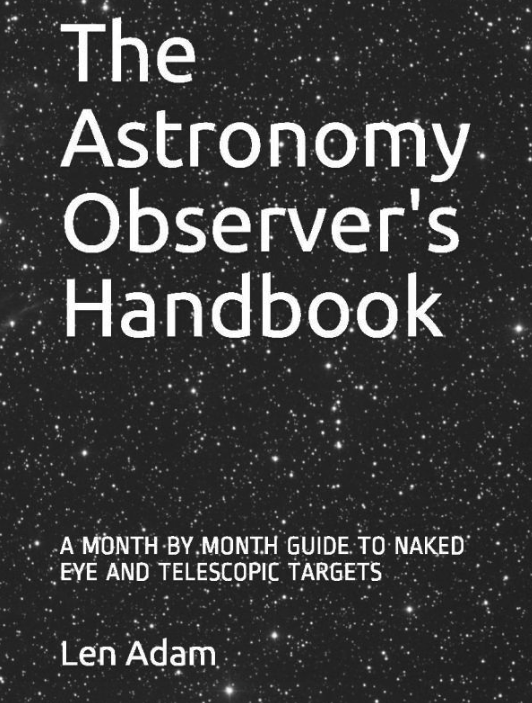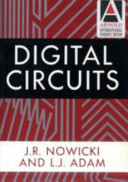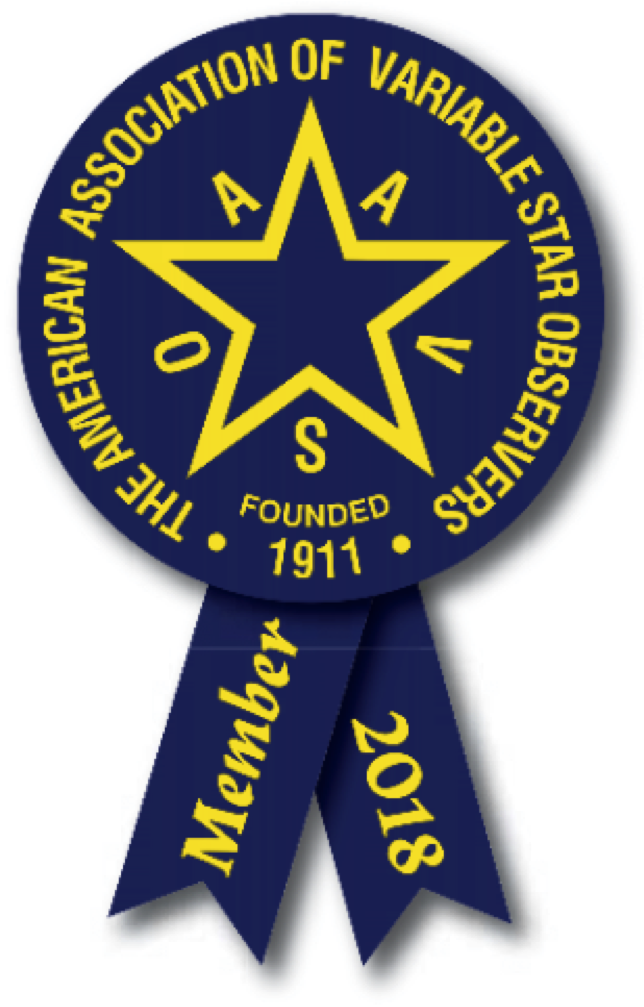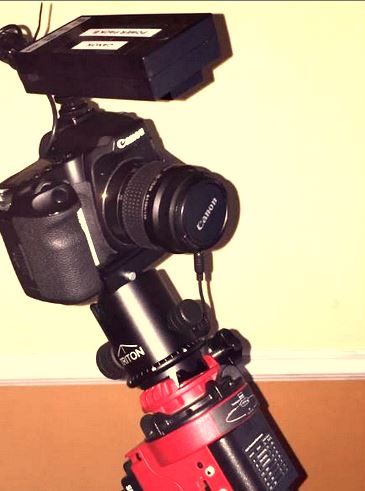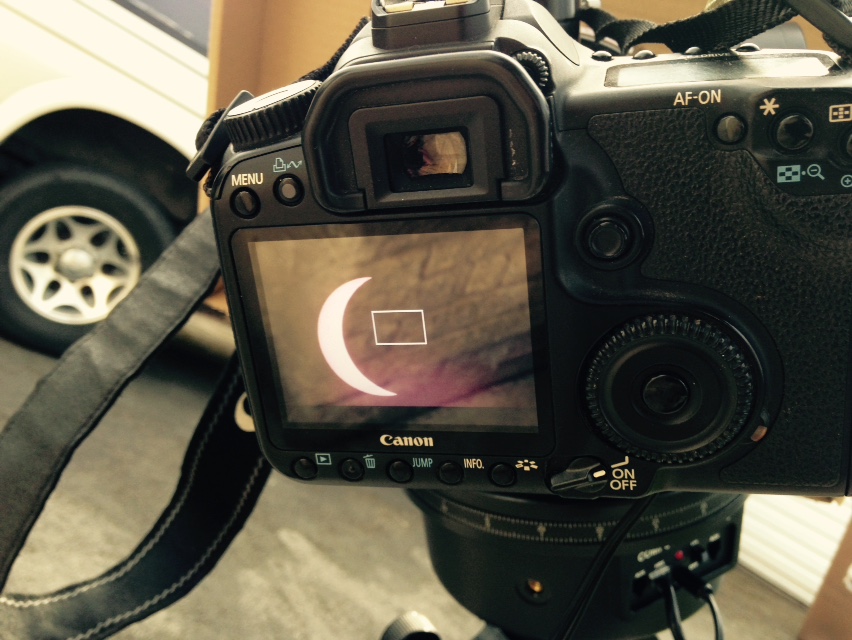 William Herschel lived at 19 New King Street in Bath (now a museum) at the time he discovered the Planet Uranus. The following photographs in and around the house were taken by me ( I had to pay to be allowed to take photographs in the house and garden ) on 25th May 2010. The images must not be copied and cannot be used commercially.
William Herschel lived at 19 New King Street in Bath (now a museum) at the time he discovered the Planet Uranus. The following photographs in and around the house were taken by me ( I had to pay to be allowed to take photographs in the house and garden ) on 25th May 2010. The images must not be copied and cannot be used commercially.
 Herschel lived here between 1777 and 1782 although for part of that time the Herschels lived in River Street - nearer the Assembly Rooms. He was certainly in residence in March 1781 when he discovered the Planet Uranus.
Herschel lived here between 1777 and 1782 although for part of that time the Herschels lived in River Street - nearer the Assembly Rooms. He was certainly in residence in March 1781 when he discovered the Planet Uranus.
The back garden where Herschel carried out his observations is shown below.
 Back garden at 19 New King Street looking back towards the house.
Back garden at 19 New King Street looking back towards the house.
There is an extension at the back of the house (to the left in this picture) in which Herschel carried out much of his telescope making. It is not certain whether Herschel observed Uranus from the garden itself or the roof of the extension. You can just make out steps leading to this roof at the left of the extension. The garden has been restored to replicate the likely appearance at the time of the planet discovery.
 Herschel's back garden at 19 New King Street.
Herschel's back garden at 19 New King Street.
Herschel discovered the planet Uranus using a 6.2 inch reflector that he constructed.
The house contains a replica of the telescope which is shown below.

An altazimuth mount was used on the Newtonian telescope which allowed "fine" adjustment in altitude and azimuth using the handles in evidence at the middle of the telescope tube. The focal length of the telescope was 7 foot (2100mm) and the mirror diameter 6.2 inches (155 mm). This gives an f-ratio of f/13.5 approximately. I did not come across any eyepiece information but I know that he used large magnifications during his Uranus observations of X227, X460, X932, X1536 and X2010! (As reported to the Royal Society on 26 April 1781 regarding his observations of a "Comet" - in fact Uranus). This implies eyepieces of 9.25mm, 4.37mm, 2.5mm and 1.3mm focal lengths! I assume Barlow lenses were not in use as Peter Barlow the inventor would only have been 5 in 1781 even though the multiples could potentially indicate that! More research is needed! I believe that the eyepieces were made by William's younger brother Alexander but that his reported magnification claims led some scientists to doubt his observations. The National Maritime Museum has some of Alexander's eyepieces including one with a f.l. of 0.35 mm!!
The discovery of Uranus made Herschel famous and he sold a considerable number of 7 ft models of this design. He was selling this model for 100 Guineas in his 1794 price list. Many of these still survive in Museums throughout the world - including the National Maritime Museum and the Science Museum which has the Uranus discovery telescope(it is believed) and Caroline Herschel's telescope.
 Monday, May 19, 2014 at 5:04PM
Monday, May 19, 2014 at 5:04PM 
 [Your Name Here] | Comments Off |
[Your Name Here] | Comments Off | 
